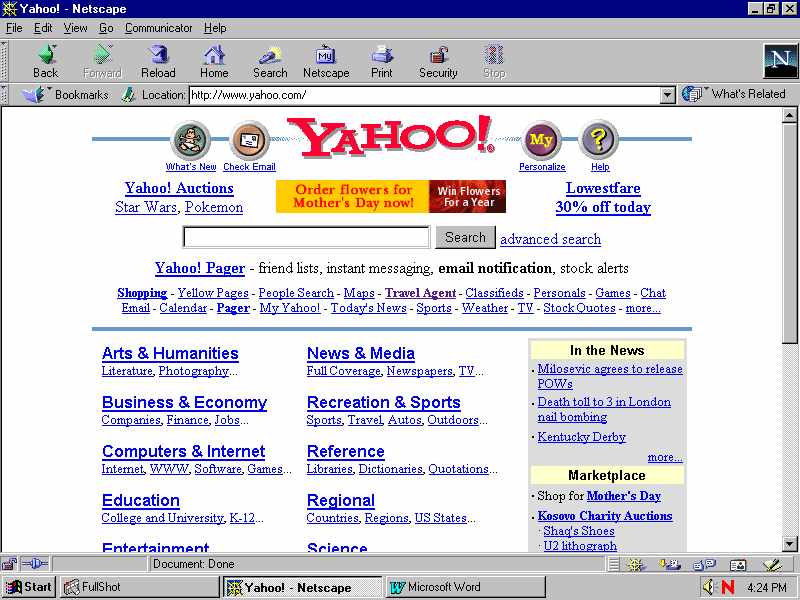 |  | 
|  |  |  |  |
 |  | 
|  |  |  |  |
|
UI Home GUIHome GUI Great Ideas GUIDemo |
Basic Interactions Direct Manipulation of graphical objects: The now direct manipulation interface, where visible objects on the screen are directly manipulated with a pointing device, was first demonstrated by Ivan Sutherland in Sketchpad, which was his 1963 MIT PhD thesis. SketchPad supported the manipulation of objects using a light-pen, including grabbing objects, moving them, changing size, and using constraints. It contained the seeds of myriad important interface ideas. The system was built at Lincoln Labs with support from the Air Force and NSF. William Newman's Reaction Handler, created at Imperial College, London (1966-67) provided direct manipulation of graphics, and introduced "Light Handles," a form of graphical potentiometer, that was probably the first "widget." Another early system was AMBIT/G (implemented at MIT's Lincoln Labs, 1968). It employed, among other interface techniques, iconic representations, gesture recognition, dynamic menus with items selected using a pointing device, selection of icons by pointing, and moded and mode-free styles of interaction. David Canfield Smith coined the term "icons" in his 1975 Stanford PhD thesis on Pygmalion. Smith later popularized icons as one of the chief designers of the Xerox Star. Many of the interaction techniques popular in direct manipulation interfaces, such as how objects and text are selected, opened, and manipulated, were researched at Xerox PARC in the 1970's. In particular, the idea of "WYSIWYG" (what you see is what you get) originated there with systems such as the Bravo text editor and the Draw drawing program. The concept of direct manipulation interfaces for everyone was envisioned by Alan Kay of Xerox PARC in a 1977 article about the "Dynabook". The first commercial systems to make extensive use of Direct Manipulation were the Xerox Star (1981), the Apple Lisa (1982) and Macintosh (1984). Ben Shneiderman at the University of Maryland coined the term "Direct Manipulation" in 1982 and identified the components and gave psychological foundations.  HyperText: The idea for hypertext (where documents are linked to related documents) is credited to Vannevar Bush's famous MEMEX idea from 1945. Ted Nelson coined the term "hypertext" in 1965. Engelbart's NLS system at the Stanford Research Laboratories in 1965 made extensive use of linking. The "NLS Journal" was one of the first on-line journals, and it included full linking of articles (1970). The Hypertext Editing System, jointly designed by Andy van Dam, Ted Nelson, and two students at Brown University was distributed extensively. The University of Vermont's PROMIS (1976) was the first Hypertext system released to the user community. It was used to link patient and patient care information at the University of Vermont's medical center. The ZOG project (1977) from CMU was another early hypertext system, and was funded by ONR and DARPA. Ben Shneiderman's Hyperties was the first system where highlighted items in the text could be clicked on to go to other pages (1983, Univ. of Maryland). HyperCard from Apple (1988) significantly helped to bring the idea to a wide audience. There have been many other hypertext systems through the years. Tim Berners-Lee used the hypertext idea to create the World Wide Web in 1990 at the government-funded European Particle Physics Laboratory (CERN). Mosaic, the first popular hypertext browser for the World-Wide Web was developed at the Univ. of Illinois' National Center for Supercomputer Applications (NCSA).  NEXT |